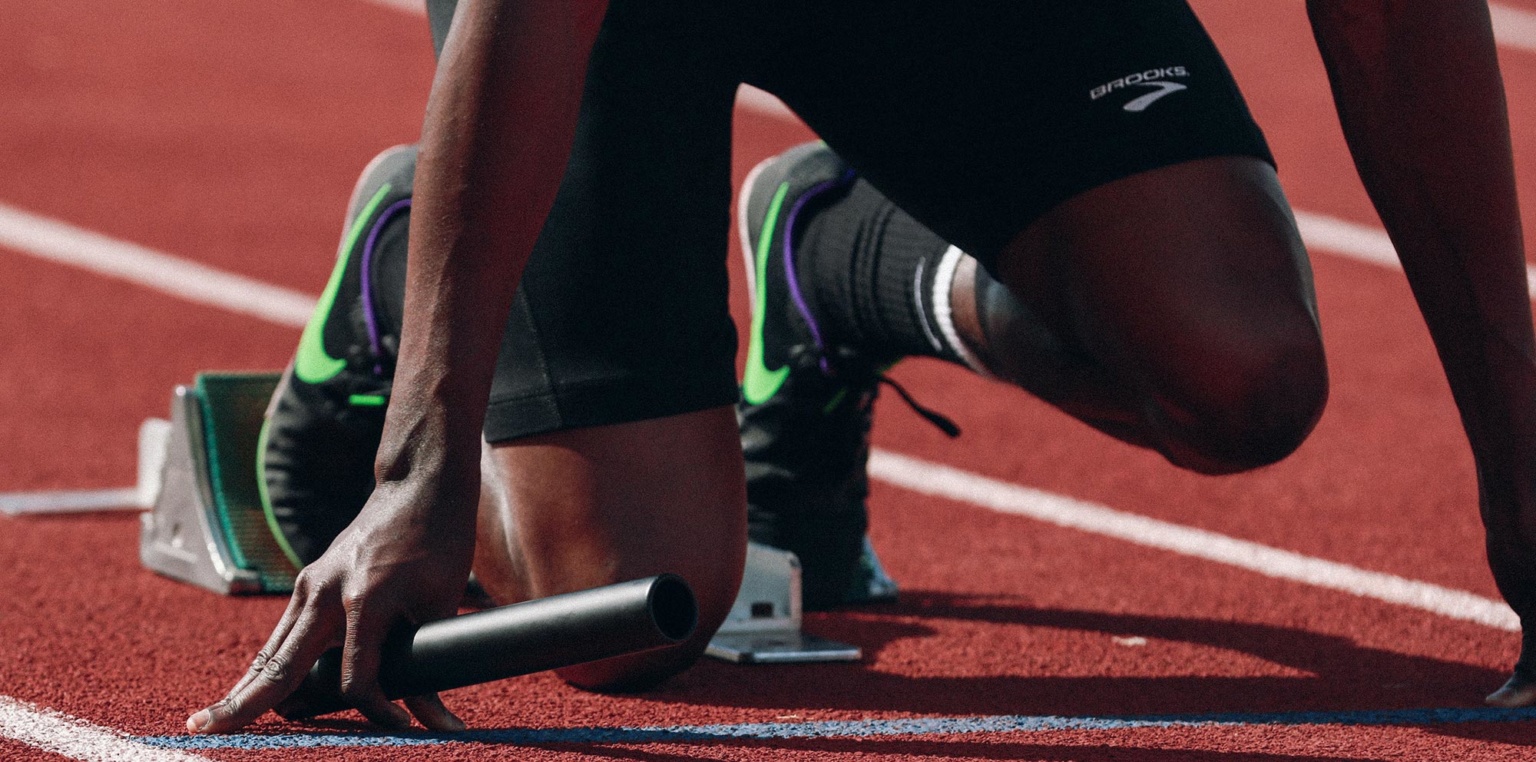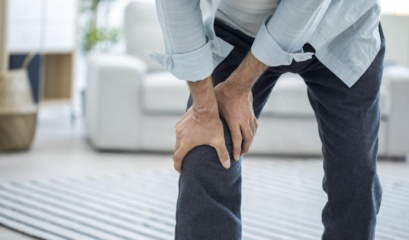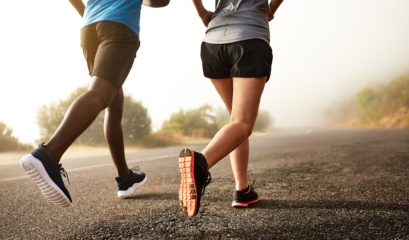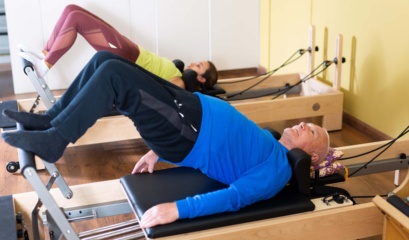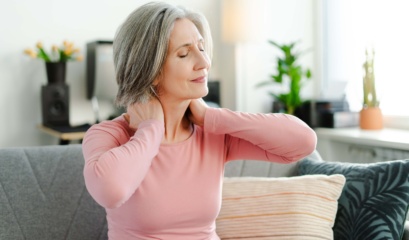How Do I Get Rid of Knee Pain Fast?
I regularly get patient’s presenting to my clinic asking the question: “How do I get rid of knee pain fast?”, “I was looking at this exercise online, I think it will really help my knee pain”.
Now to be honest, when a patient presents with this question, I usually think to myself “Here we go again”!
The problem with looking for exercises to get rid of or reduce your knee pain online, is that they may not be specific to your condition. Did you know there are over 20 possible diagnoses when it comes to knee pain?
I know how frustrating it can be to search through hundreds of webpages and youtube videos and think “this might help” however my advice will always remain the same – make sure you see a highly skilled diagnostic physiotherapist who can help prescribe the specific exercise just for you.
If you aren’t doing that, it’s like playing Russian roulette with your knee. Particularly during an acute phase of knee pain, the worst thing you could do is use a generic exercise to try and fix your condition. So, instead of writing on the “best exercises for knee pain” or “the quickest exercise to reduce knee pain fast” I have decided to give you my best tips on ways you can reduce your knee pain fast (and hopefully get rid of it all together!).
#1. Stop sitting with your knee’s bent for longer than 10 minutes
- When you sit with your knees bent at 90 degrees, the patella (knee cap) is jammed into a groove on the top of your thigh bone. This can cause pain and irritation if your pain is coming from your knee cap. Make an effort every 5 mins to straighten your leg out and you will notice a big reduction in pain when you stand up.
#2. Don’t sit cross-legged
- The twisting motion associated with cross-legged sitting will often bring about knee joint pain. Avoid this at all costs if your knee is irritated.
#3. Wear supportive footwear
- My pet hate at the moment is the latest trend in footwear – soft, squishy soled shoes. These may feel comfortable on your feet, but do nothing for your ankles, knee, hips or lower back. If you have knee pain the best thing you can do is wear solid, supportive footwear.
#4. Sleep with a pillow in between your knee.
- If you are a side sleeper, place the pillow between your knees. This will reduce the weight contact from the upper leg being placed on the irritated knee.
#5. Drink enough water
- The cartilage in your knee will thank you for it!
#6. Keep your thigh muscles strong
- As mentioned above, do not just Dr. Google how to do this, see a physiotherapist to have the safest exercise prescribed for your condition. Remember, the stronger the thigh muscles, the less load being placed on the knee joint.
#7. Keep your muscles flexible.
- There are lots of ways to stretch your muscles, static strengthening, foam rolling or using a massage stick. My preference is always static stretching however if you cannot bend your knee past 90 degrees or if you have a stiff/sore lower back, then foam rolling or a massage stick will work fine.
#8. Sleep with a pillow under your knee.
- If you are back sleeper, this can help offload strain on the knee, particularly for people with knee cap pain.
#9. (ladies) Avoid high heels
- These types of shoes place your ankle/knee/hip joint in an unusual position which alters the weight distribution and can cause worsening of your knee joint pain.
#10. Be selective of where you walk
- Avoiding hard surfaces such as footpaths and replacing it with softer surfaces such as grass will make a big difference, particularly if you do a regular daily walk. The softer surfaces reduces the ground reaction forces and decreases stress on the knee.
#11. Keep your lower back healthy
- Although not as common, the lower back can refer pain into the knee. With the stresses of day to day life, our lower back can become irritated and refer pain into the knee. Daily stretches and good postural habits can reduce the occurrence of this.
#12. Use Ice and heat intermittently.
- Confused when to use ice and heat? It’s simple, heat = chronic/arthritic type conditions. Ice = acute/fresh injuries.
#13. See a good physiotherapist who uses manual therapy
- Most of the knee patients we see in the clinics are those with more longer term knee injuries such as osteoarthritis. Research has shown that these types of knee injuries respond well to manual therapy, which loosens up the knee joint, reduces pain and allows muscles to function properly.
Consult A Knee Physio Specialist
If you’re experiencing knee pain, try out those 13 tips to get rid of it or at least reduce it. Now of course there is plenty more where that came from, but I guarantee if you implement these into your life you will have a good chance at reducing your symptoms. If pain still persists, chat to our physiotherapists.
P.S. If you’re experiencing stiffness in your knee which restricts your ability to move without pain, download my free knee pain tips guide which includes actionable tips I give to my patients at Benchmark Physiotherapy.


